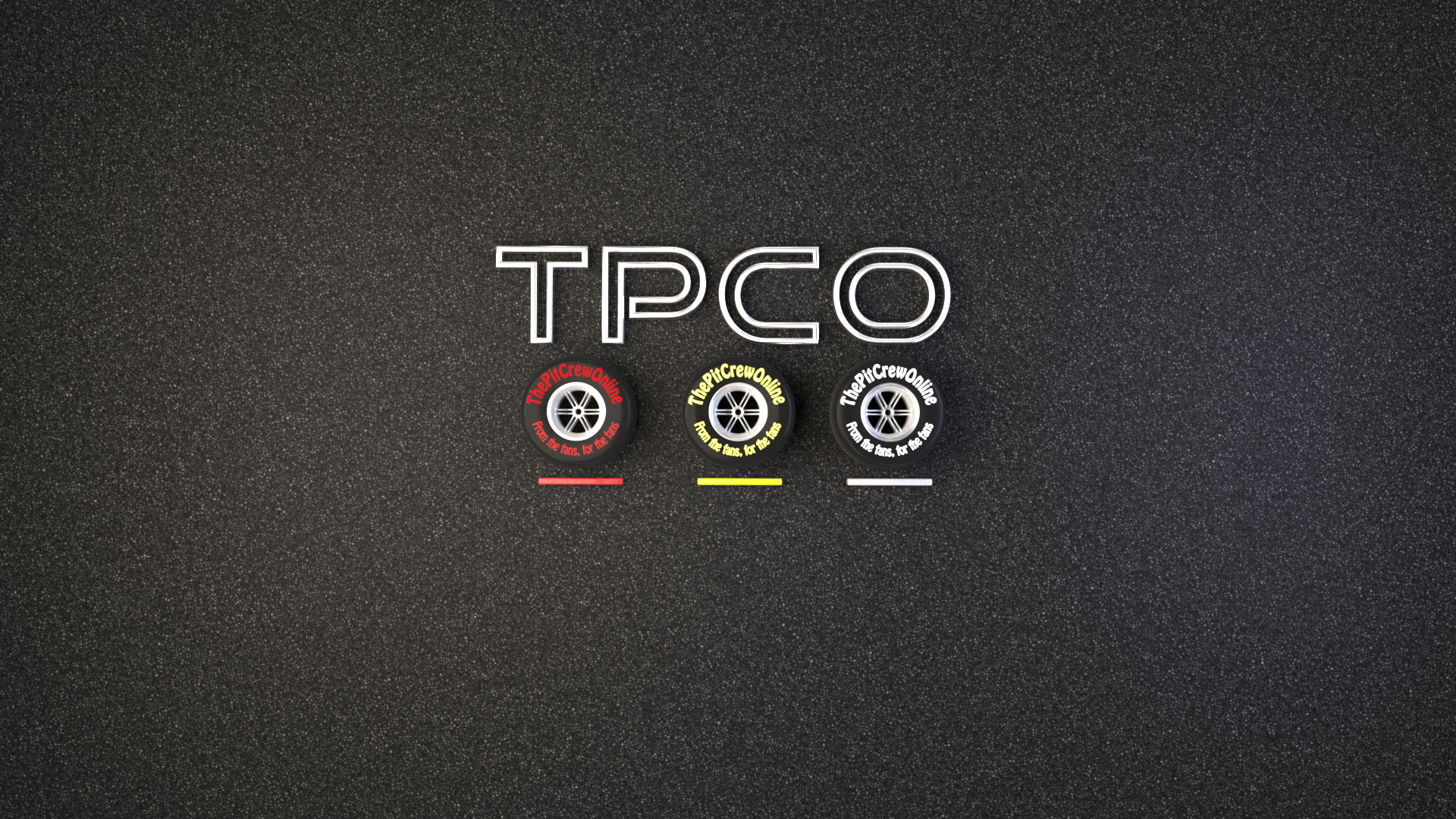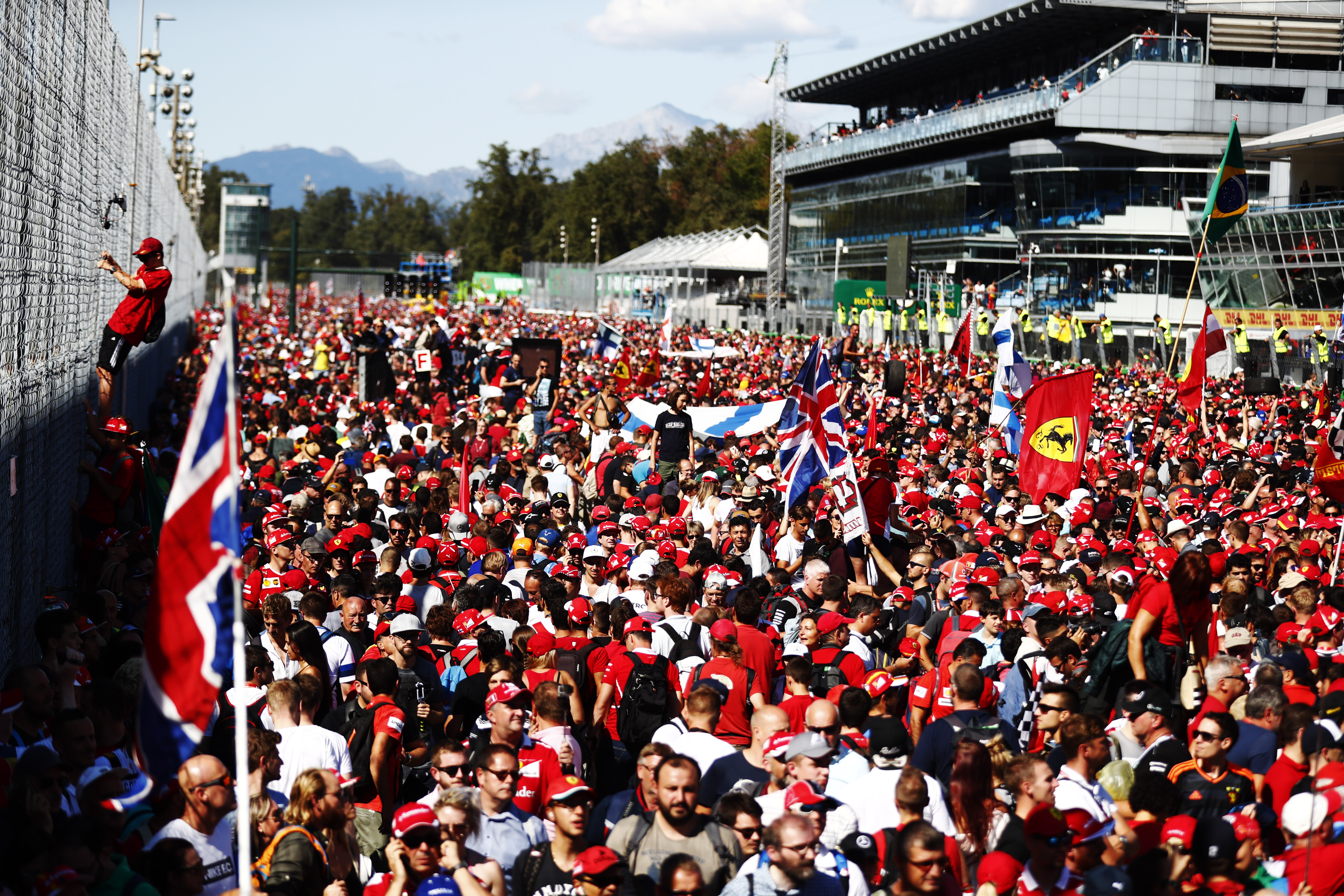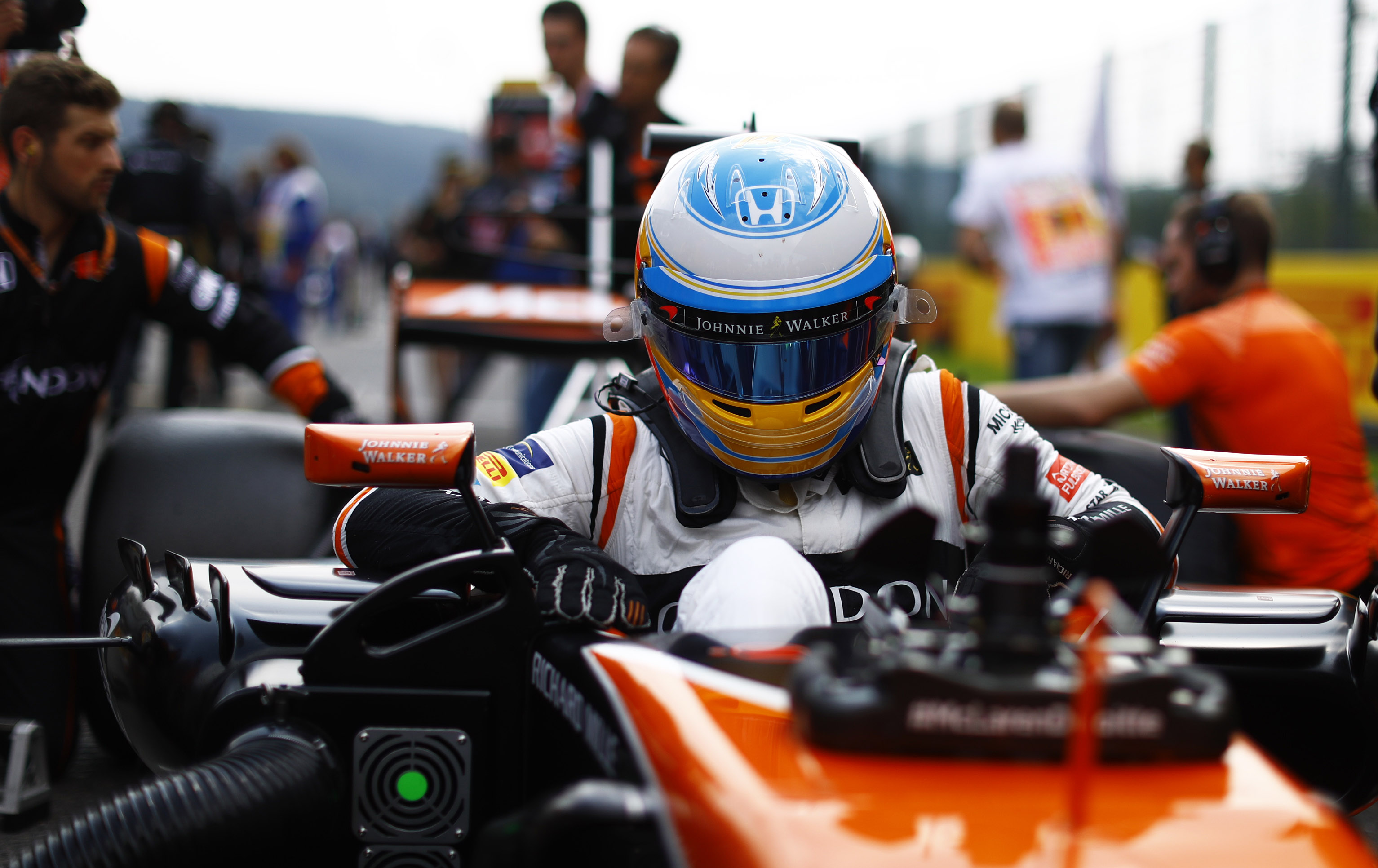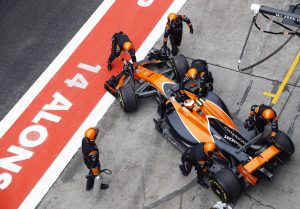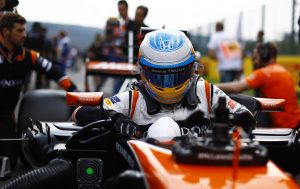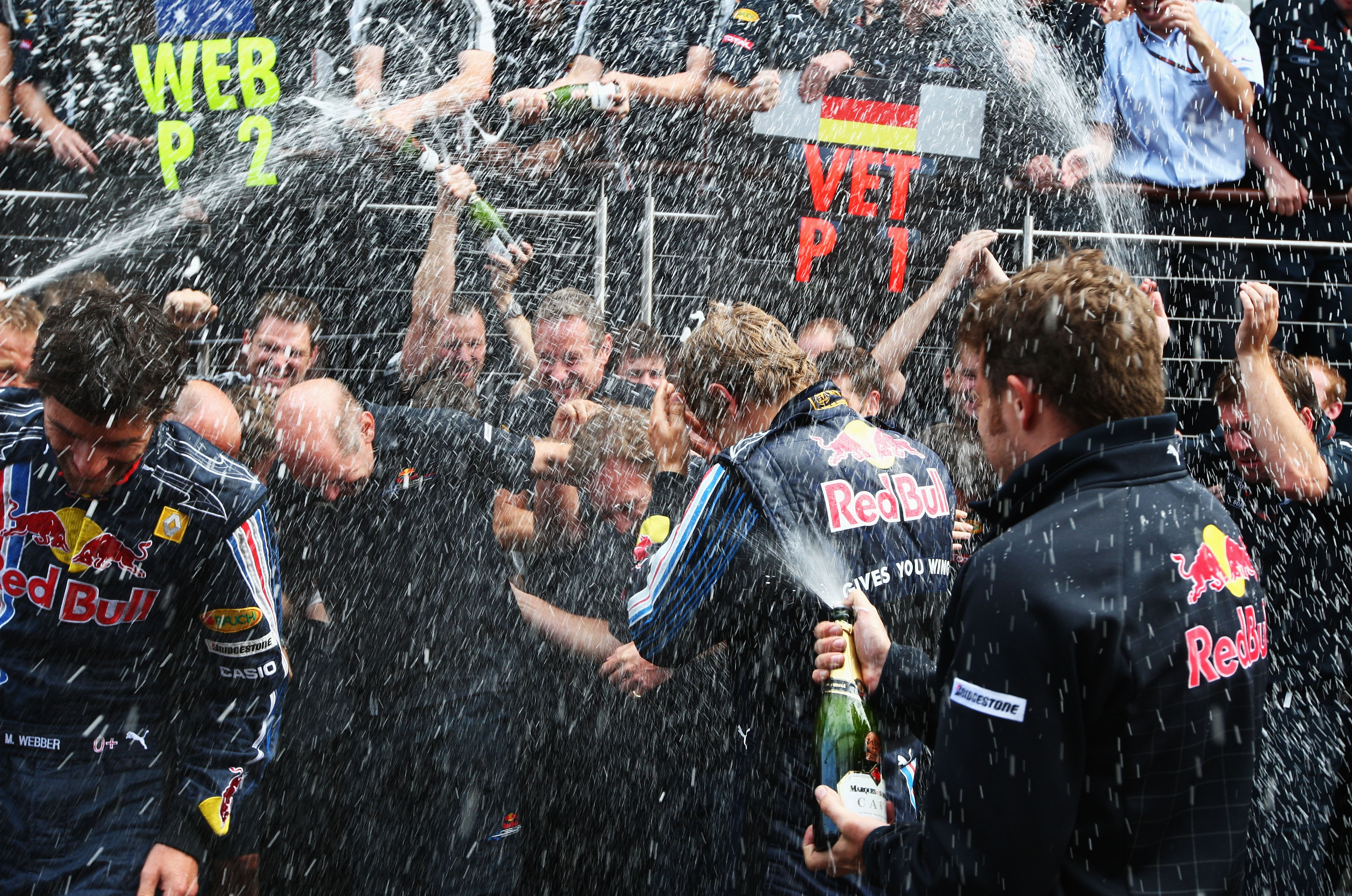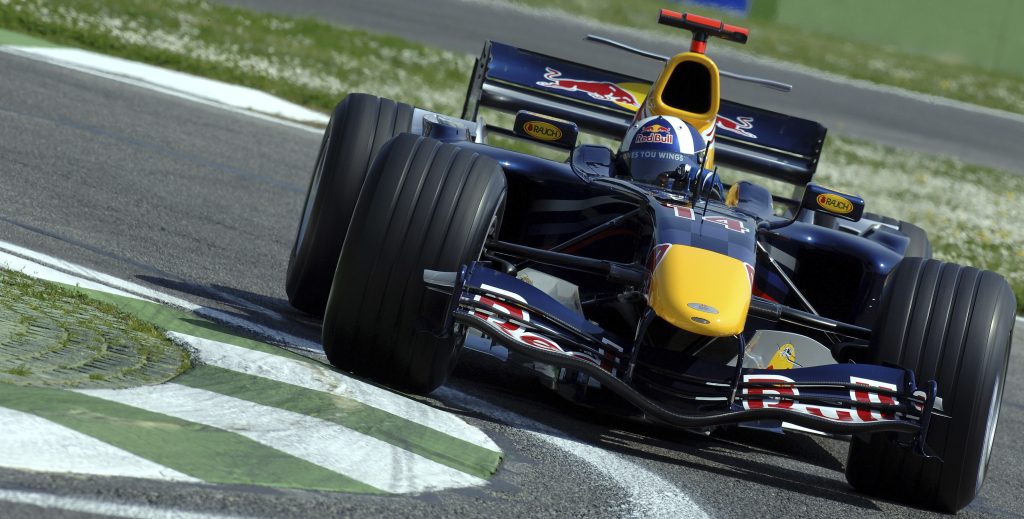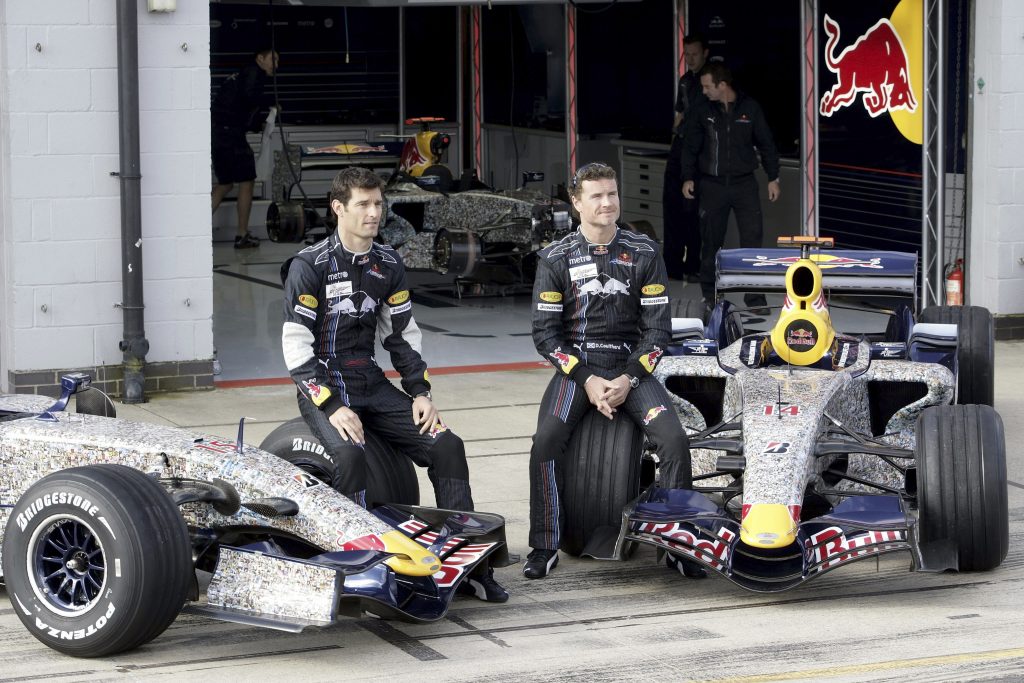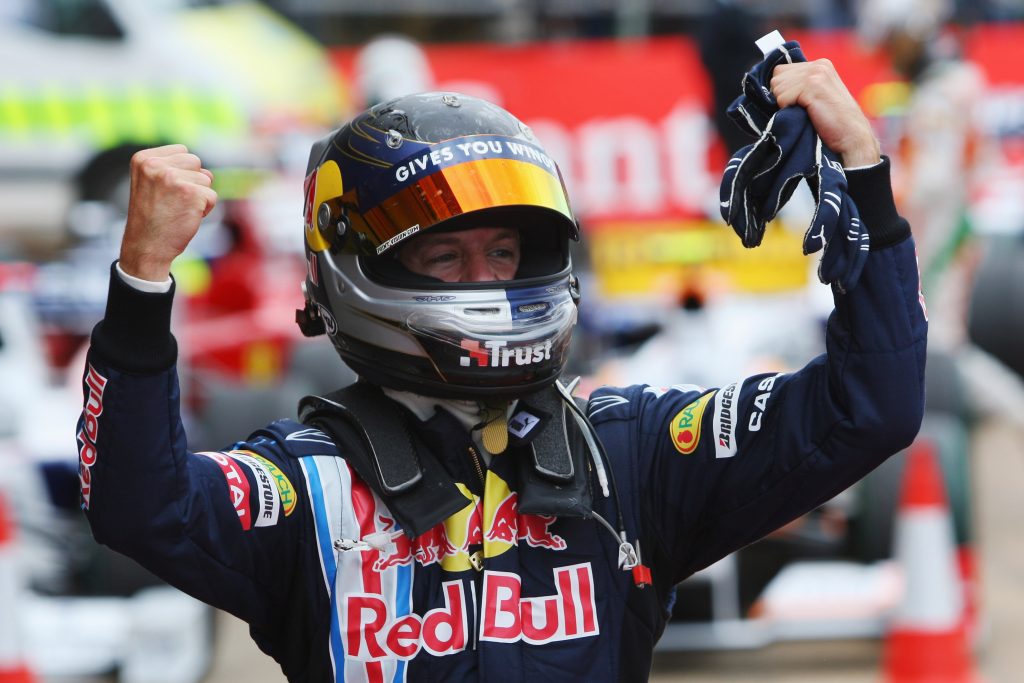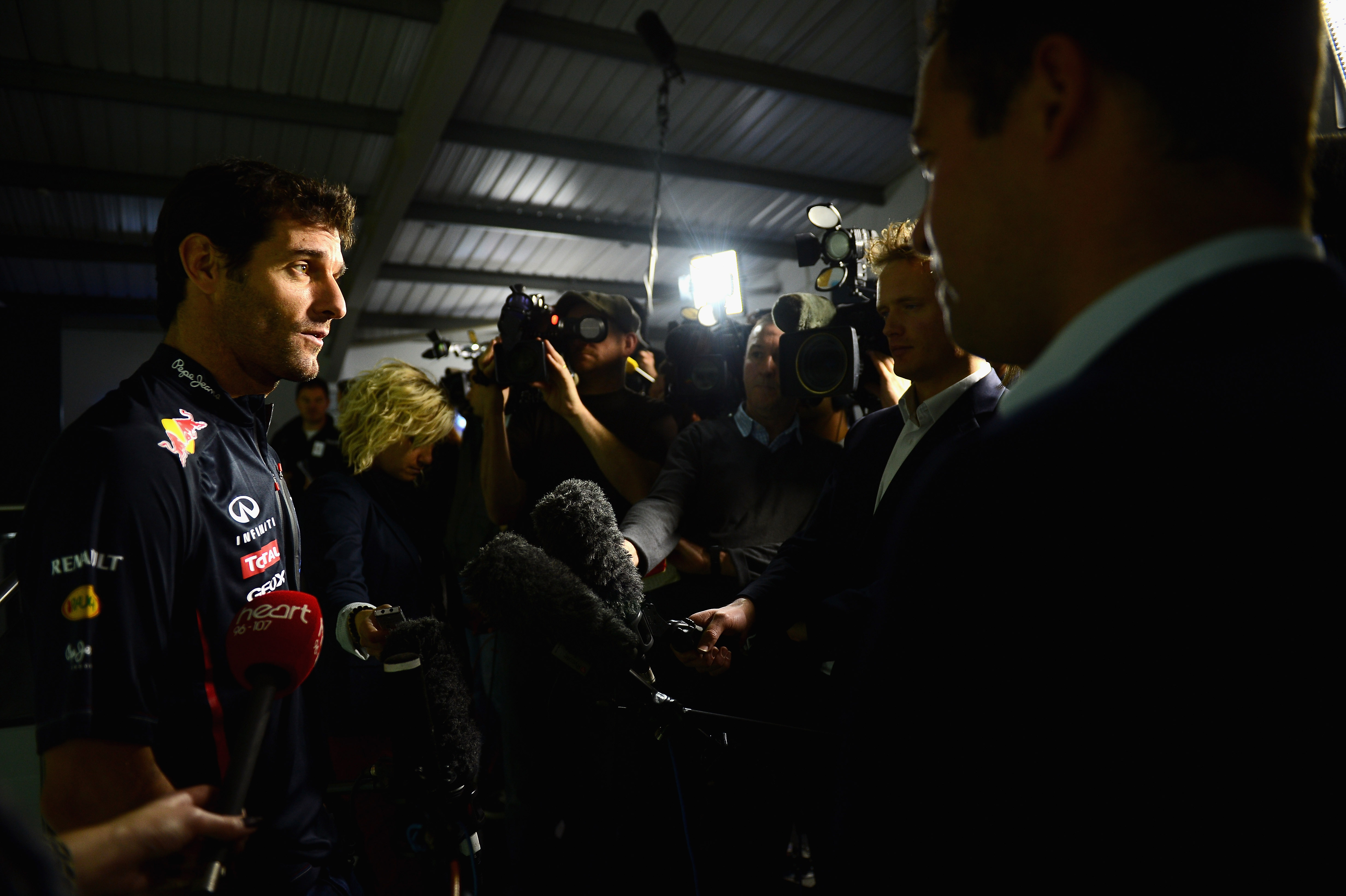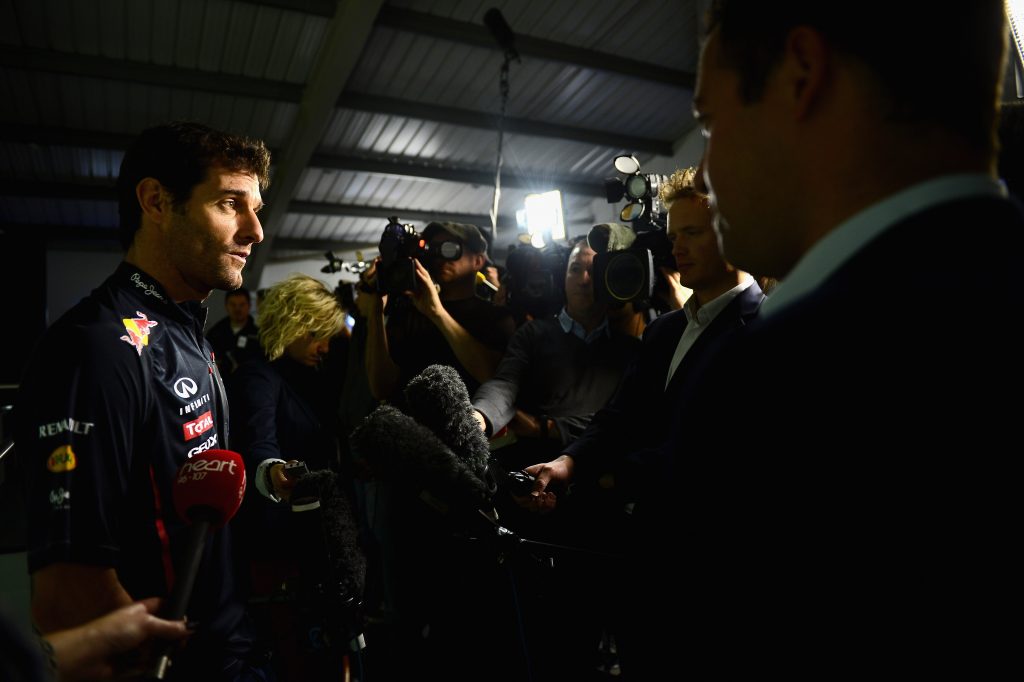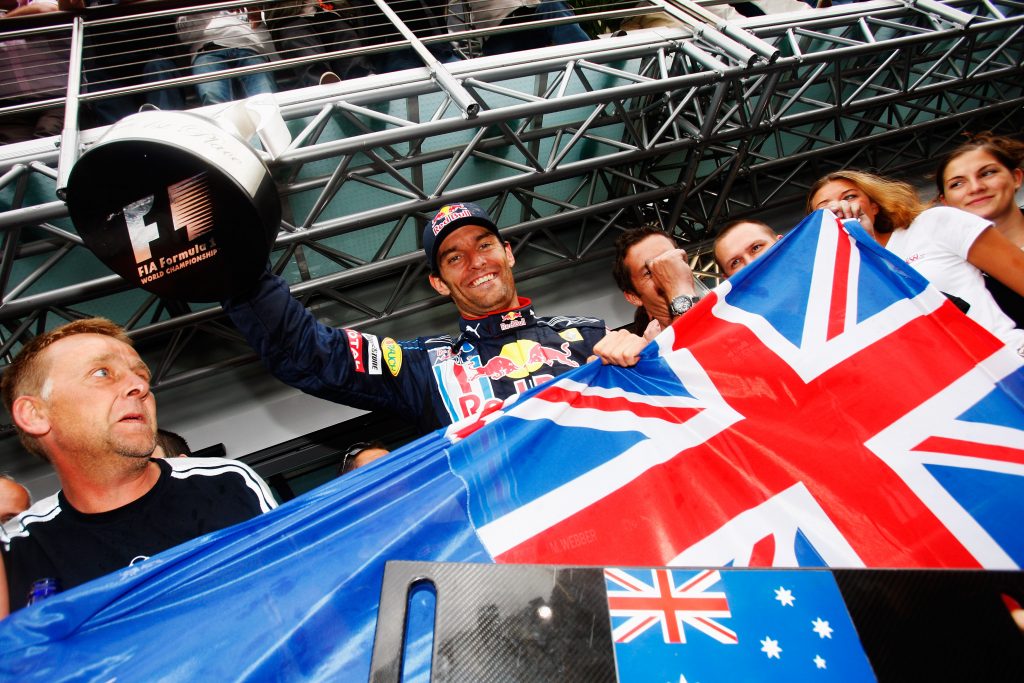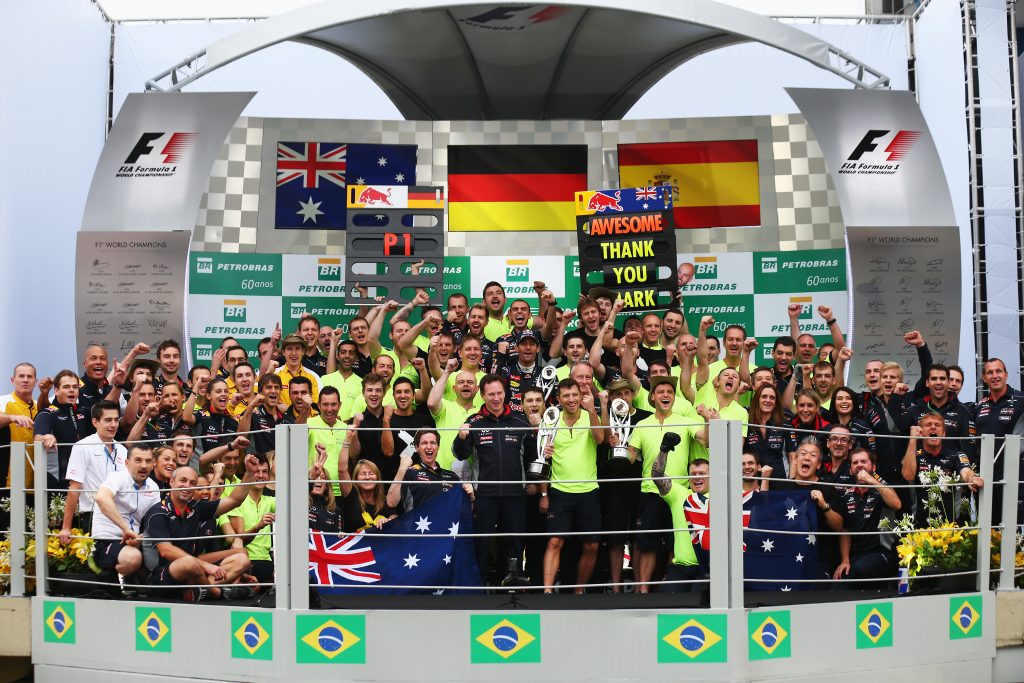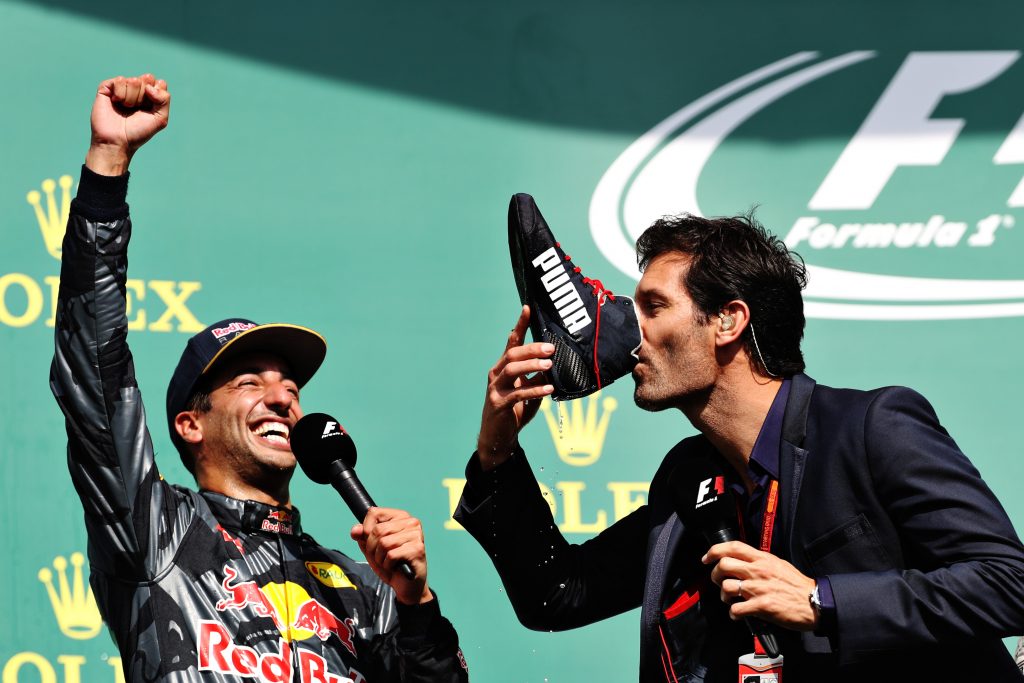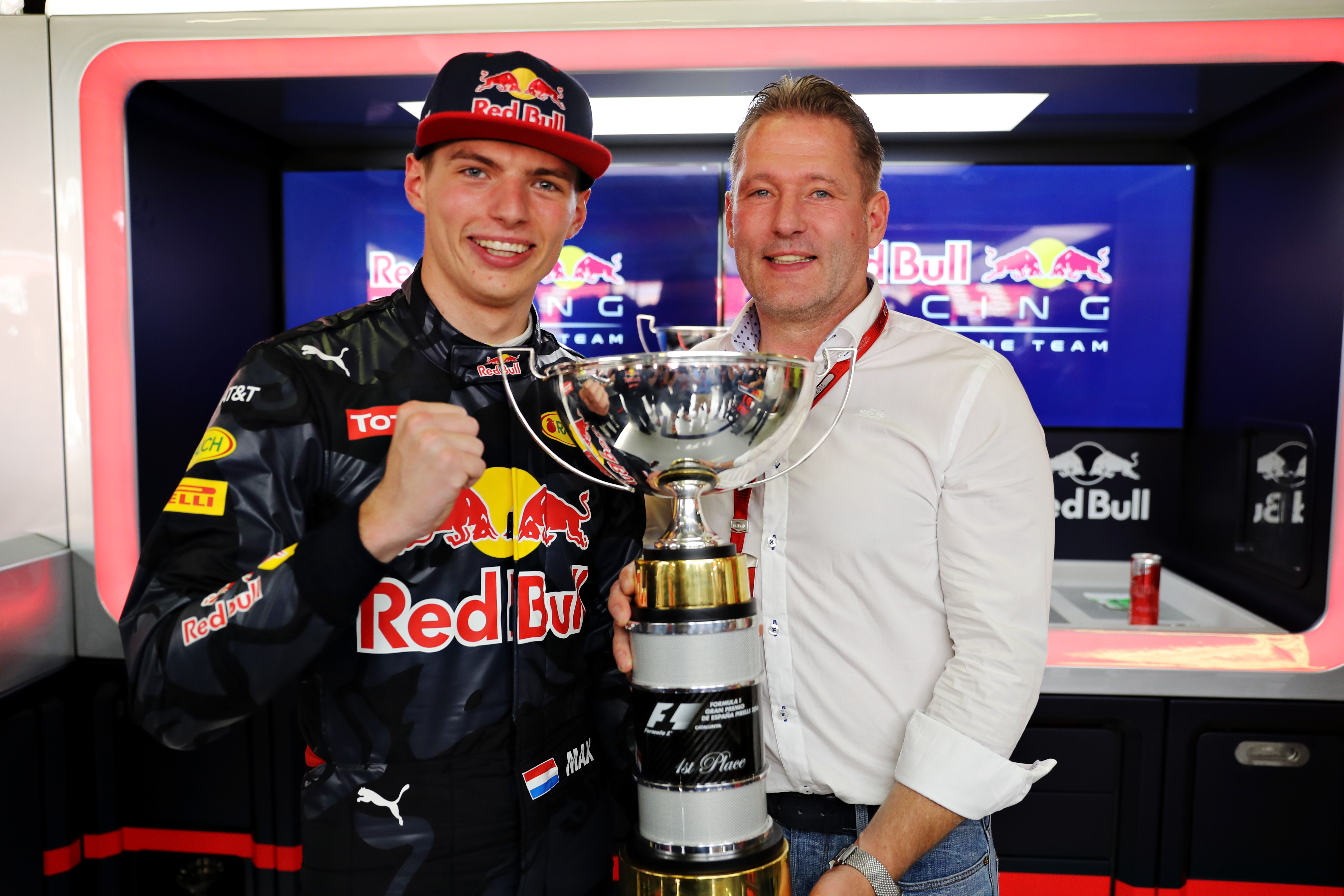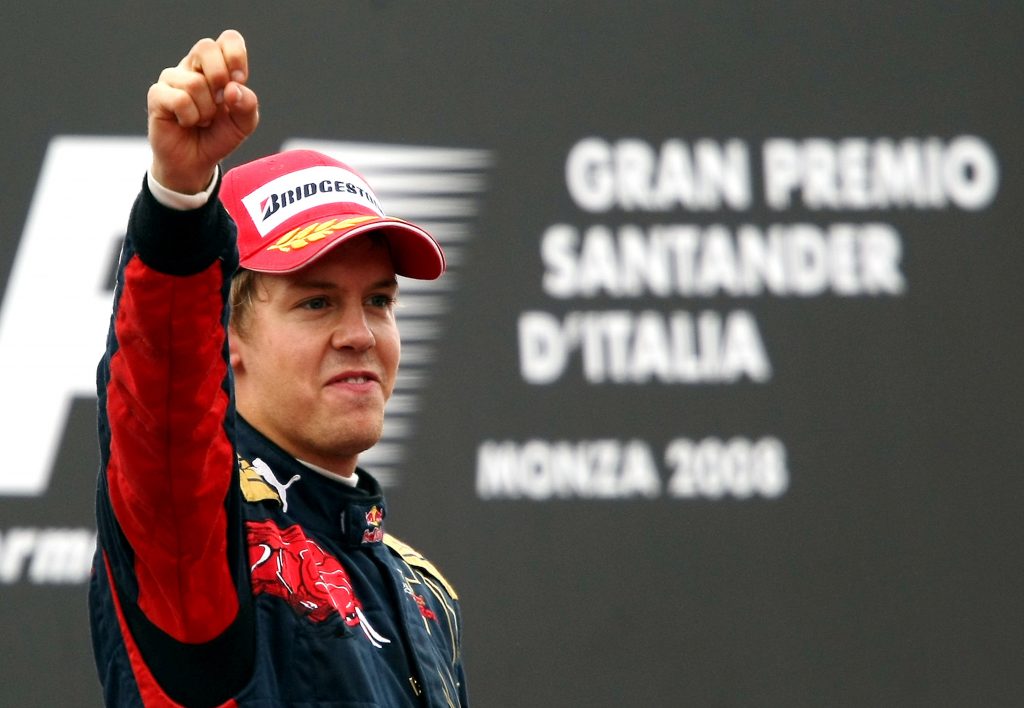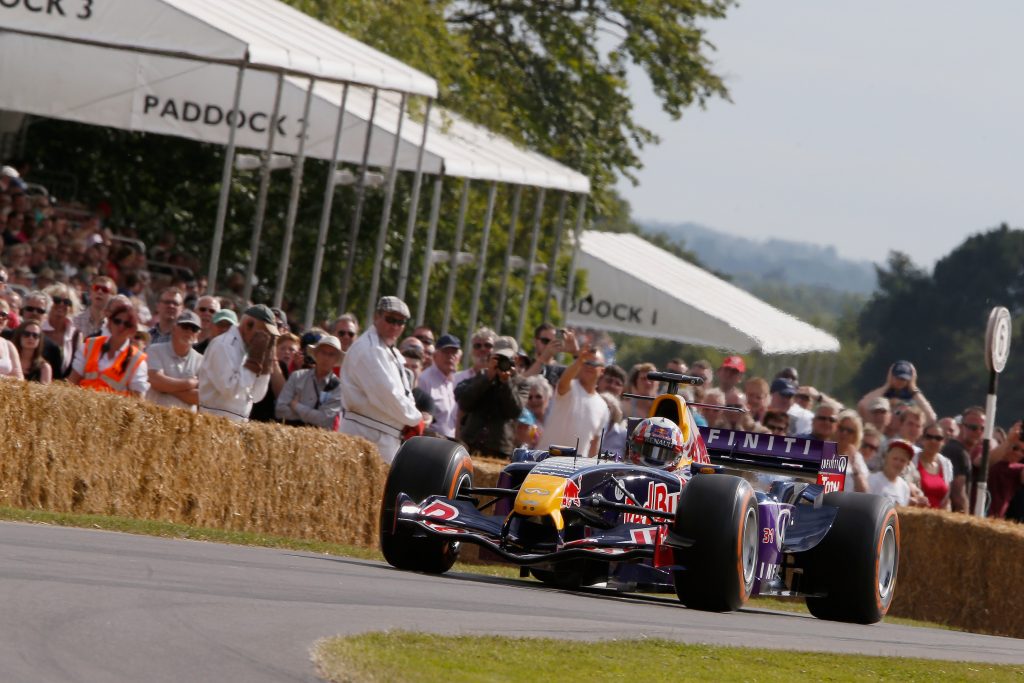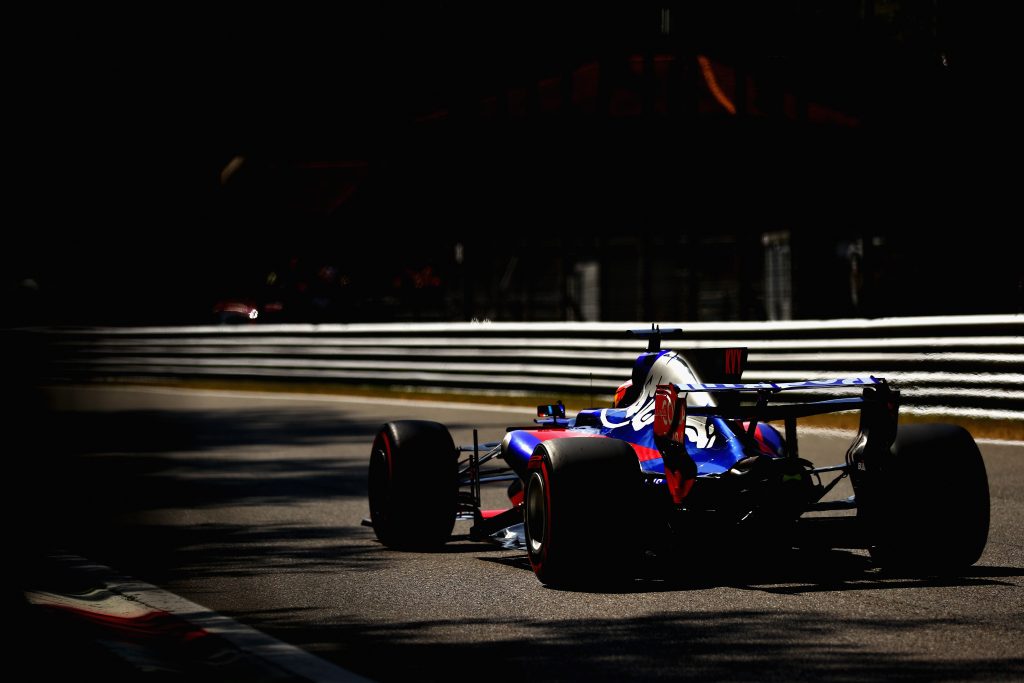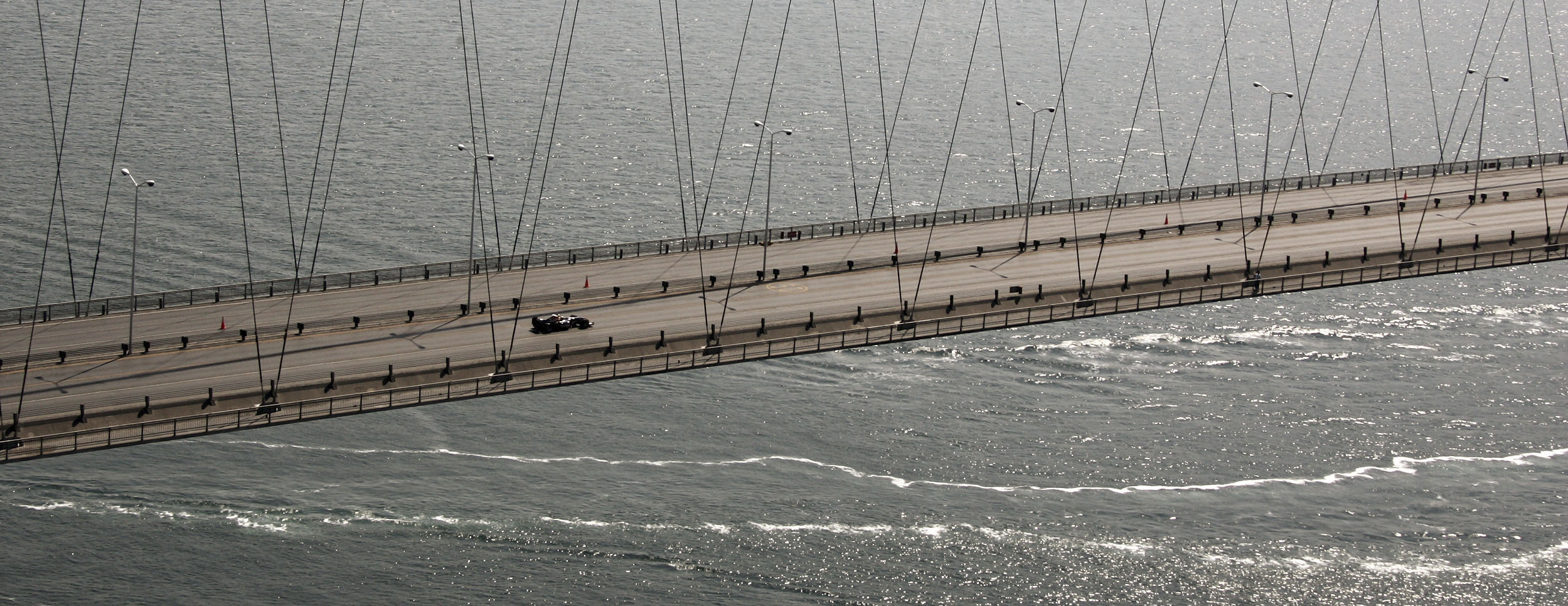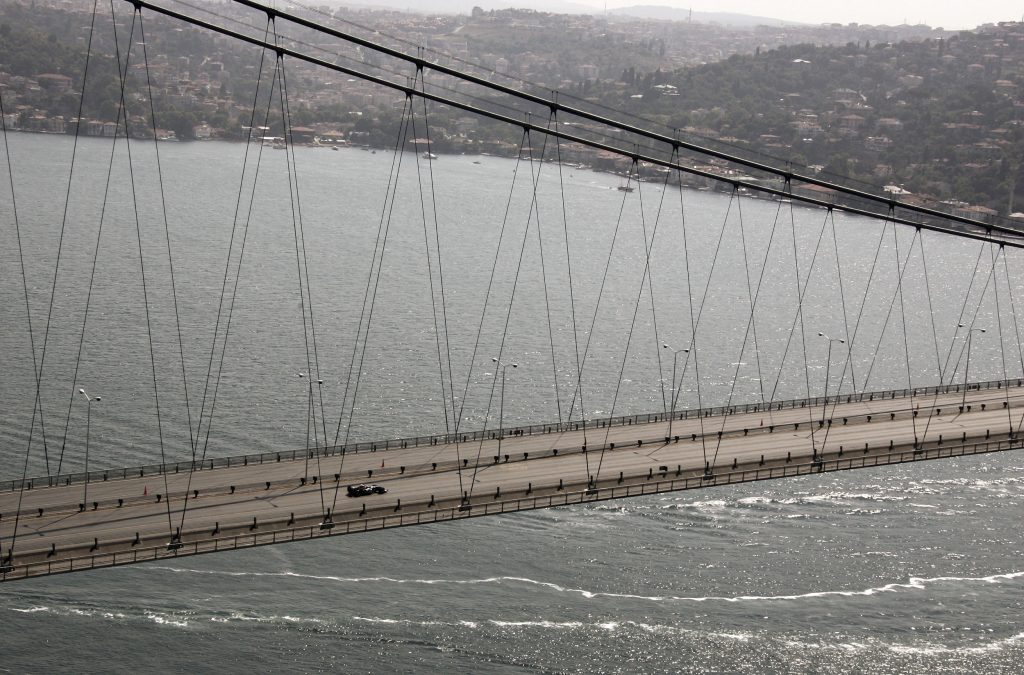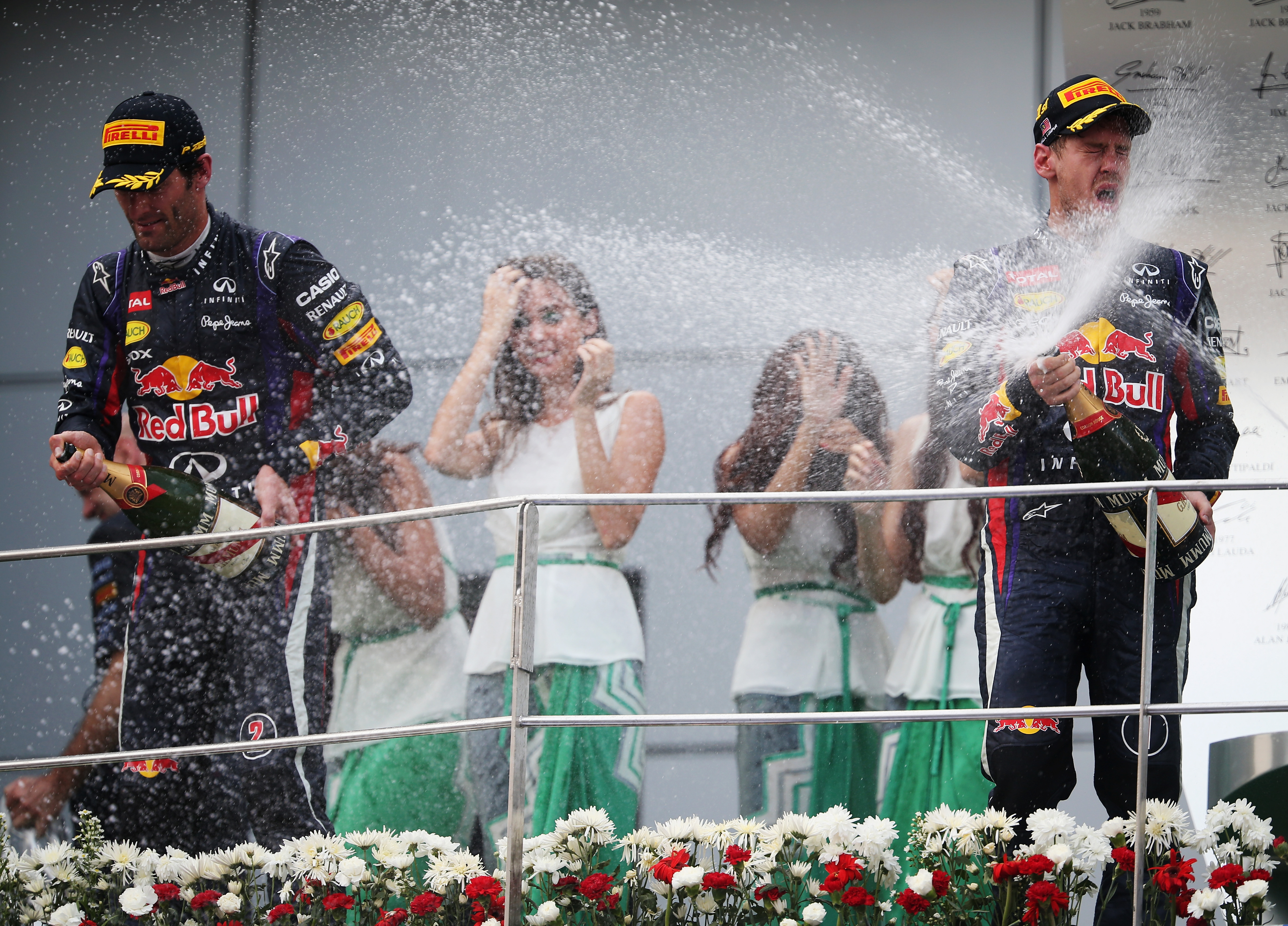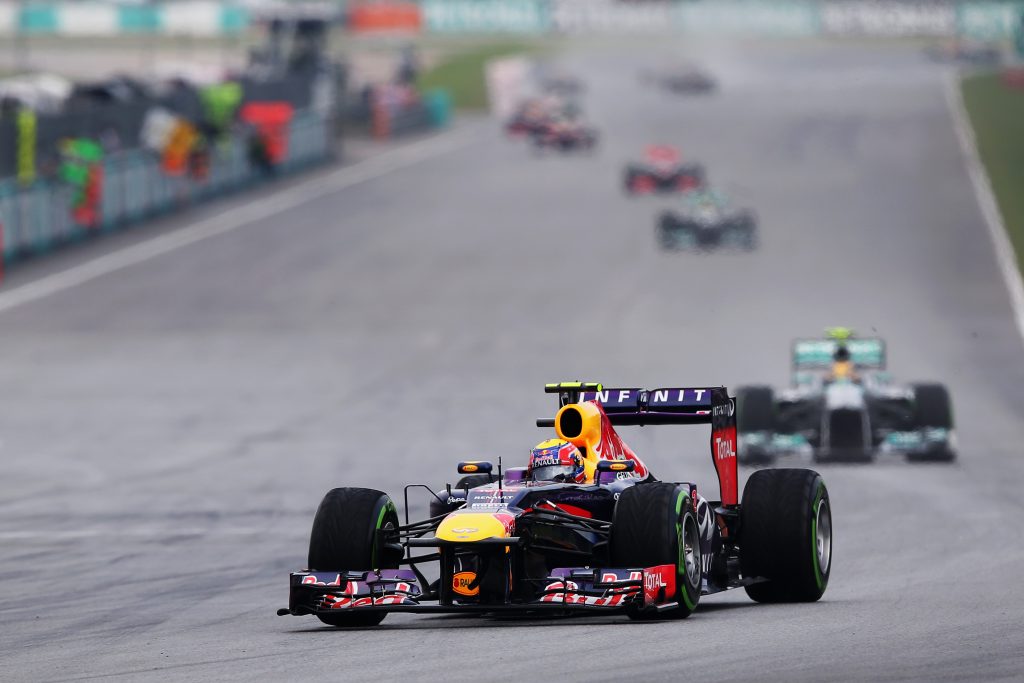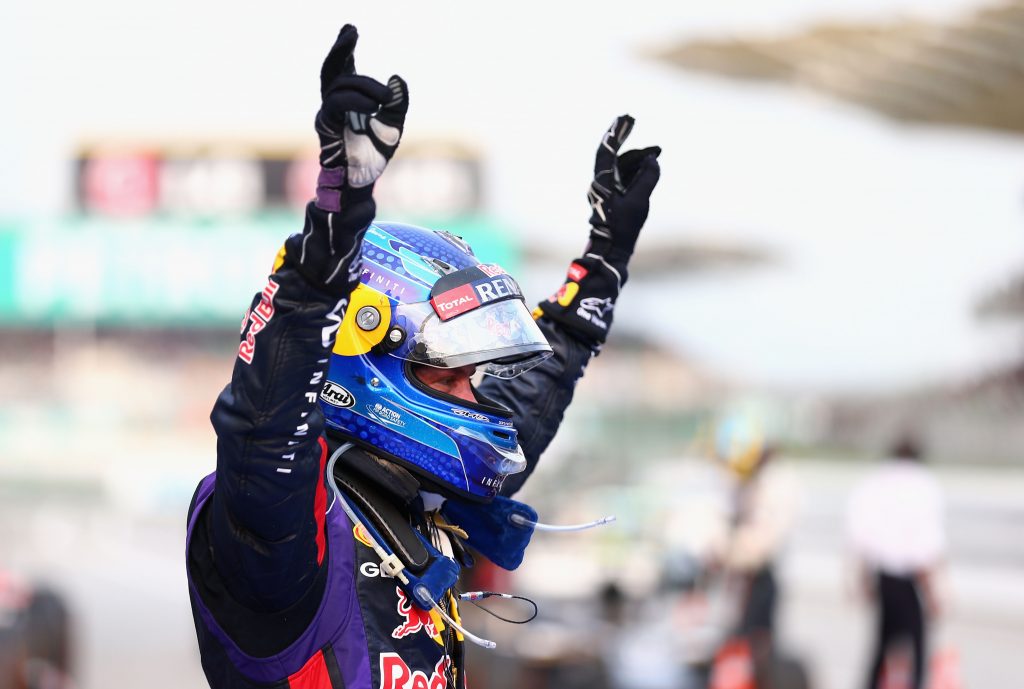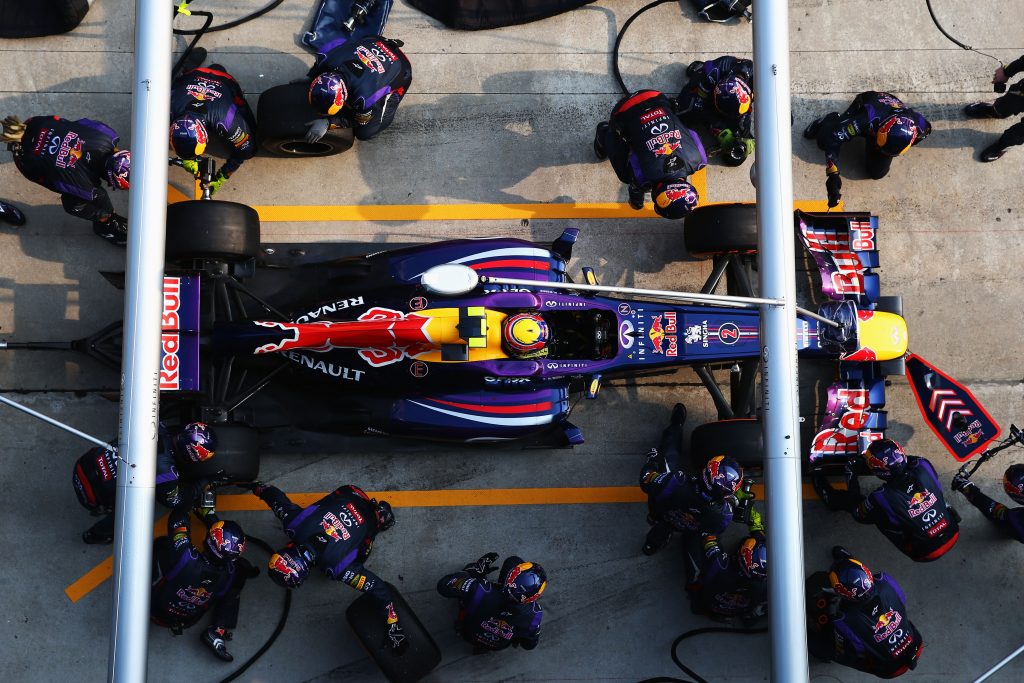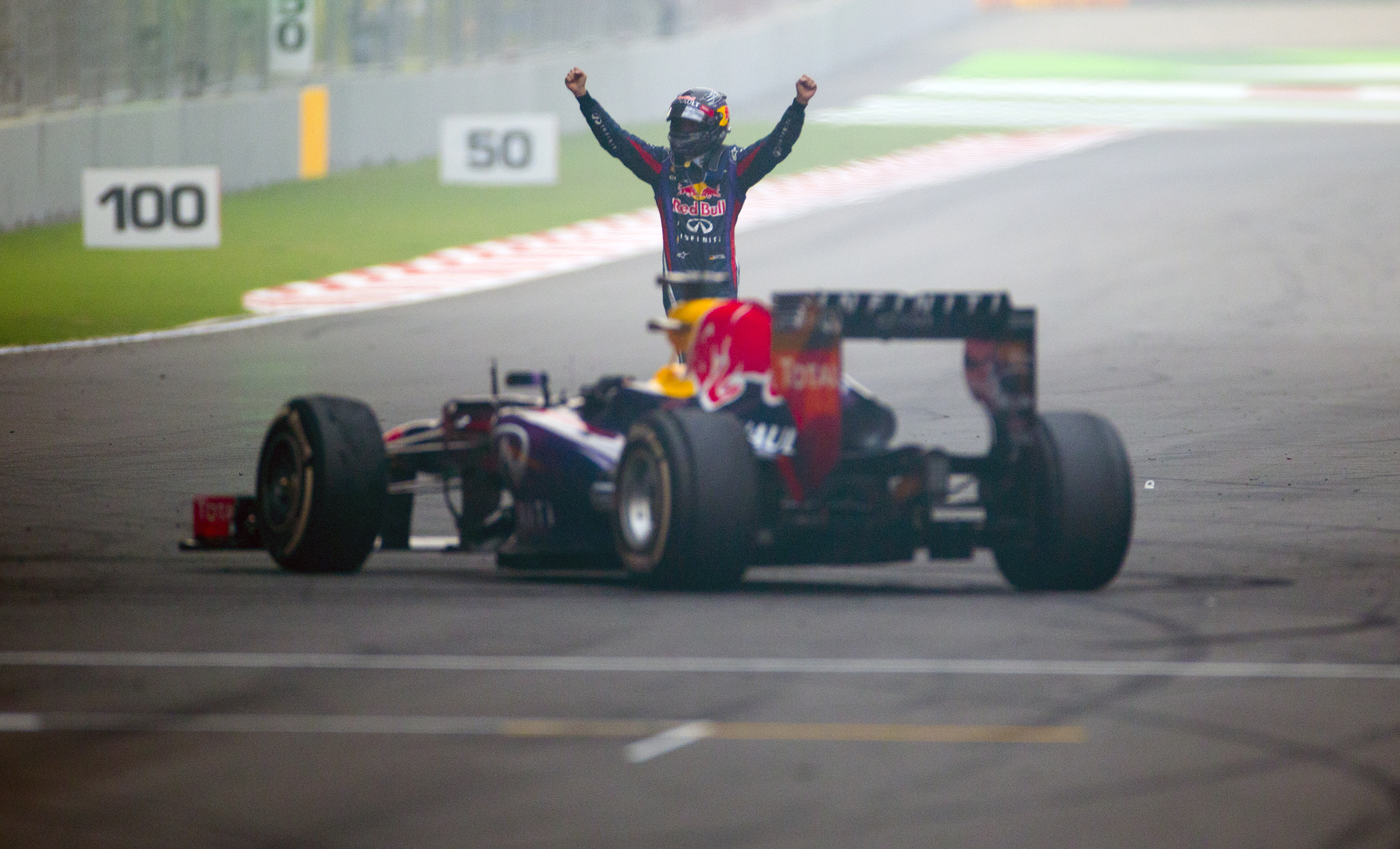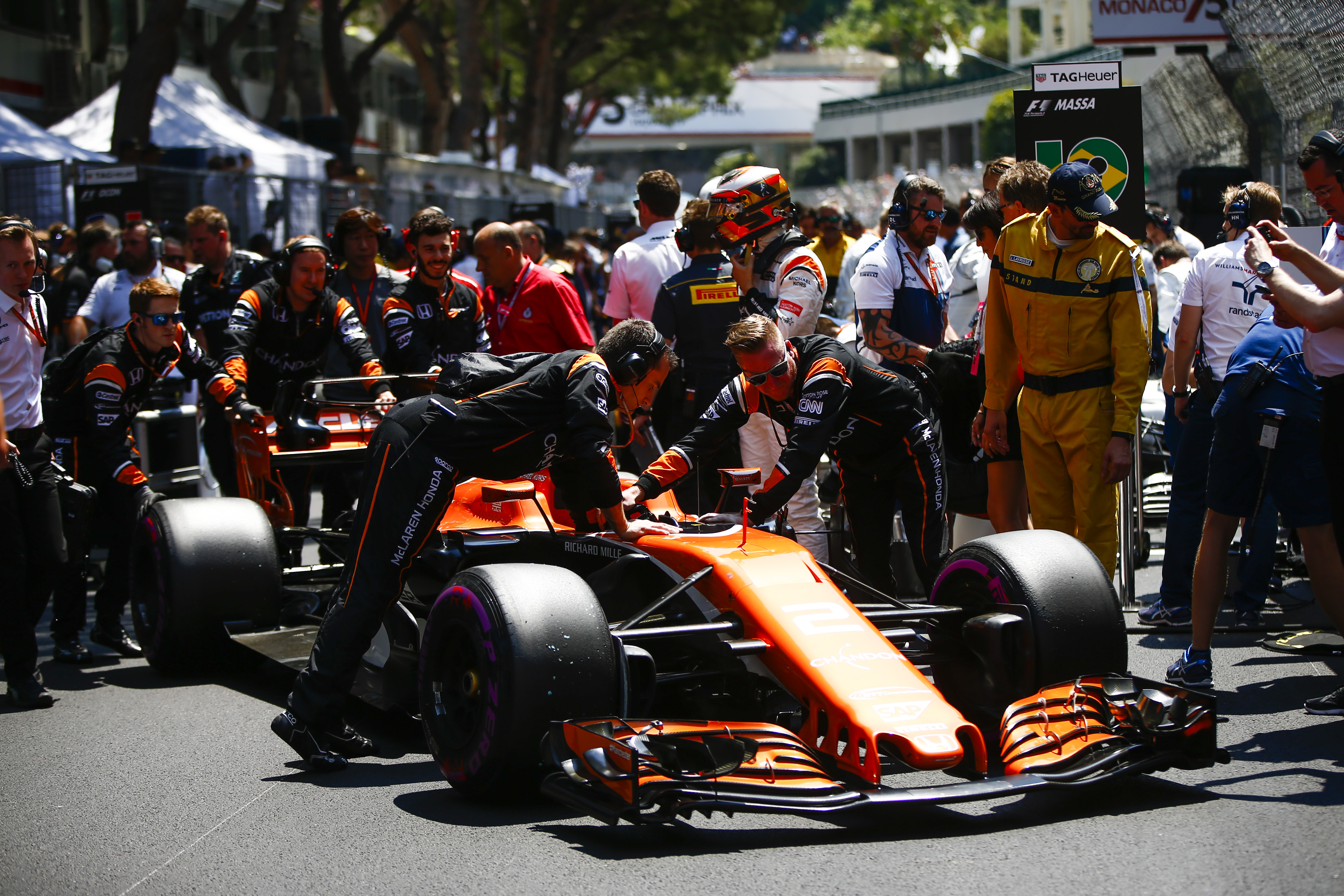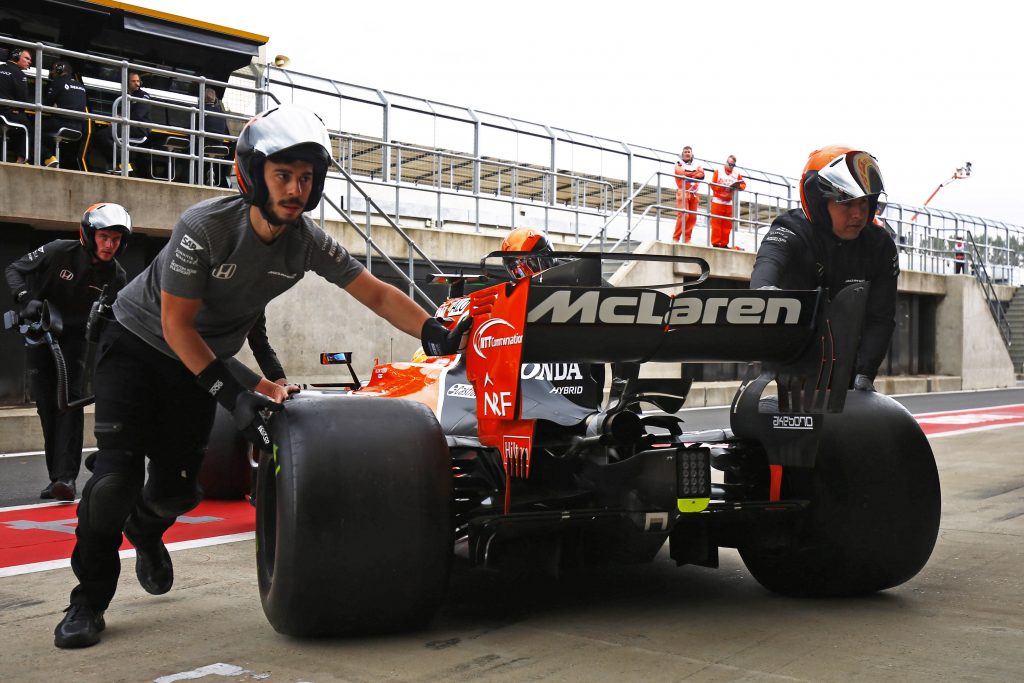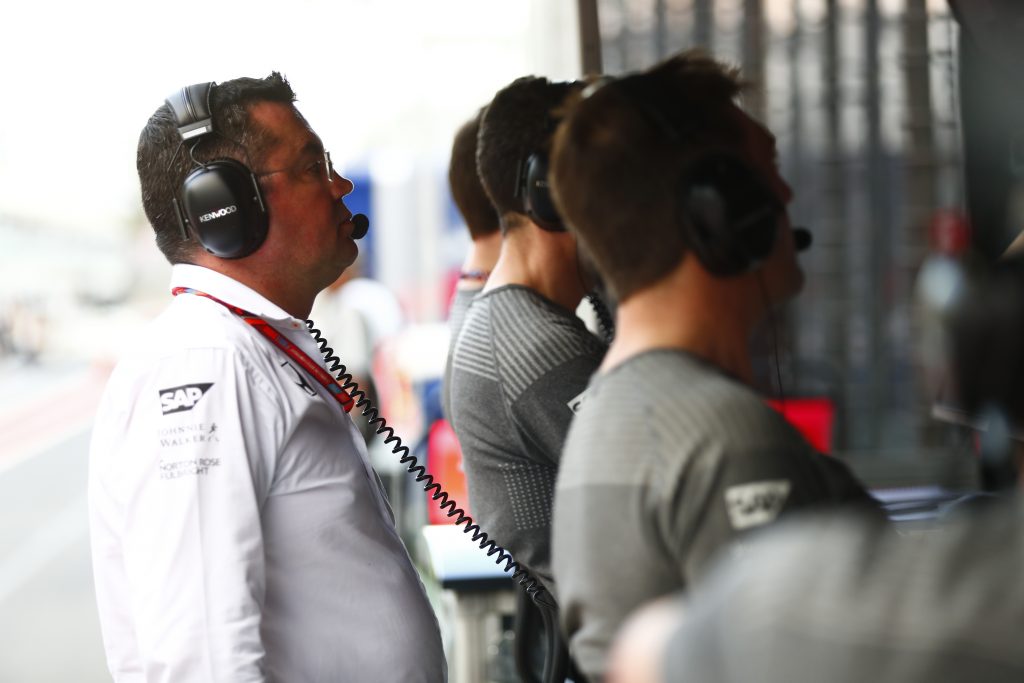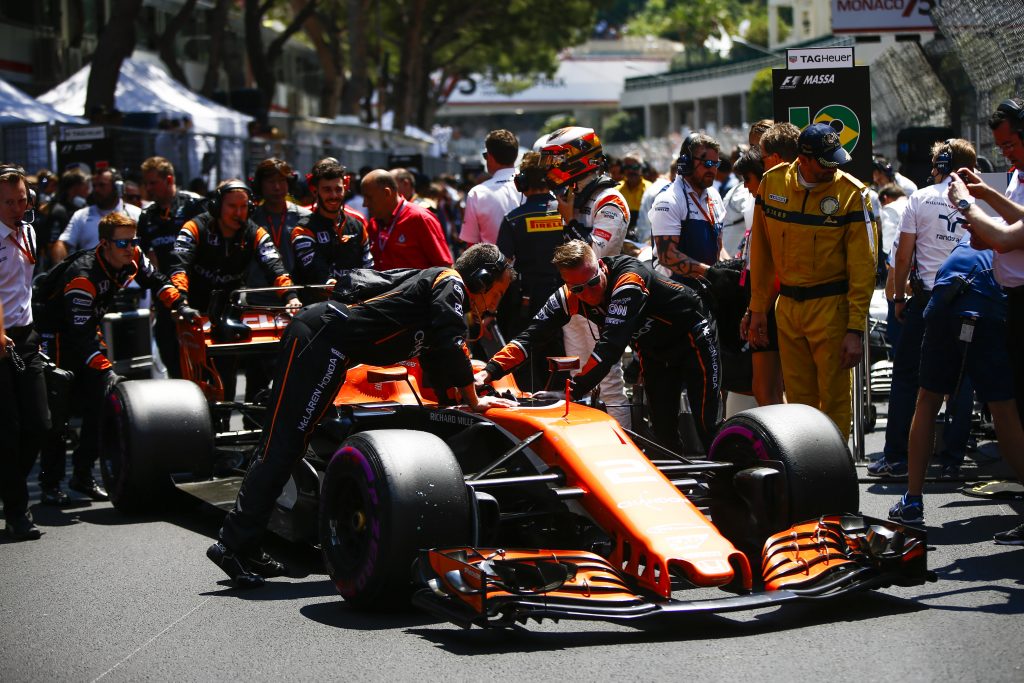
Saturday 02 September 2017.
Lewis Hamilton, Mercedes F1 W08 EQ Power+.
World Copyright: Glenn Dunbar/LAT Images
ref: Digital Image _31I1954
Lewis Hamilton is on cruise control mode, his steering wheel seems to have an extra hidden button, and the British found it and pressed it with his thumb. At the Italian Grand Prix, Hamilton took his 69th pole-position, he is now the driver with the most pole positions in Formula One, he also became the first driver, in 2017, who won two consecutive races and now he is leading the drivers’ championship by three points from Sebastian Vettel.
In Belgium, Lewis looked comfortable and unbeatable, even at the re-start, after the safety car, when Vettel made his move, the Britt managed to defend his first position and a couple of laps later he increased the gap between him and Sebastian Vettel. By seeing the final gap between the two drivers, after 44 laps, someone might assume that Vettel was pushing and was very close to Lewis, but the reality was totally different. The German, was close but still that was not enough for him to make his move and attack for the first place.
At Monza, the Tifosi were expecting to see a fast and competitive Scuderia Ferrari, but instead of that, Ferrari was not even close to Mercedes. The Silver Arrows, were not stopped by the rain and the hours of delay which took place in the FP3 and during the qualifying session. Lewis Hamilton claimed his 69th pole position, followed by Max Verstappen and Daniel Ricciardo. Lance Stroll and Esteban Ocon qualified fourth and fifth respectively, but after the grid penalties which applied almost to every driver on the grid, Stroll promoted to the second position and became the youngest driver who started from the front row.
The two Ferraris qualified seventh (Kimi Raikkonen) and eighth (Sebastian Vettel), both drivers promoted to fifth and sixth respectively. Max Verstappen dropped down to 13th position, while his team-mate started the race from the 16 position.
Lights out

Sunday 03 September 2017.
World Copyright: Glenn Dunbar/LAT Images
ref: Digital Image _31I4027
Lewis Hamilton had a clean start and remained first after lights out, Lance Stroll lost his second position by Esteban Ocon and dropped down to third place. A few laps later Max Verstappen had a collision with Felipe Massa, Max suffered a puncture which cost him time and dropped him at the back of the grid. The stewards decided to take no further action for the incident between the two drivers. Verstappen managed to recover at the end of the race, the Dutch finished 10th ahead of Kevin Magnussen.
Valtteri Bottas, who qualified sixth, had a good start and gained two positions on the first lap of the race. He was behind Hamilton, Ocon and Stroll and it was a matter of time until he was able to attack the two drivers in front of him. The Finn, had a good pace during the race, he completed Mercedes’ 1-2 as he finished second behind his team-mate.
Daniel Ricciardo started the race from the 16th place and finished fourth, a few seconds, behind Sebastian Vettel. The Australian had an amazing race, he passed the slower cars on the first part of the race, while he was on softs. He had the advantage of fresher and faster tyres during the final laps of the Italian Grand Prix. Twelve laps before the chequered flag, the Australian made his move on Kimi Raikkonen, the Finn was unable to defend his fourth position, Daniel took the inside at the first chicane and with an incredible move, he promoted to fourth place. Ricciardo, was gaining on Vettel lap by lap, but he didn’t have enough laps to close the gap with the German, and finished fourth, about four seconds, behind Vettel.
Both McLaren’s drivers watched the end of the race from the garage. Vandoorne and Alonso retired on 33th and 50th lap respectively. Stoffel had electrical issues, whilst Fernando had problems with his McLaren’s clutch.
The next race will take in Singapore, a circuit which suits more to the Ferrari than to Mercedes, Sebastian Vettel is looking to win his fifth race in 2017 and retake the lead in the drivers’ championship. Lewis Hamilton from the other hand, has the momentum. The British driver, looks very strong, he will have to fight hard to keep his lead and his aim will be to expand his winning streak in Singapore.
Victor Archakis
Twitter – @FP_Passion
